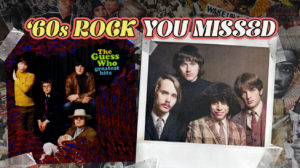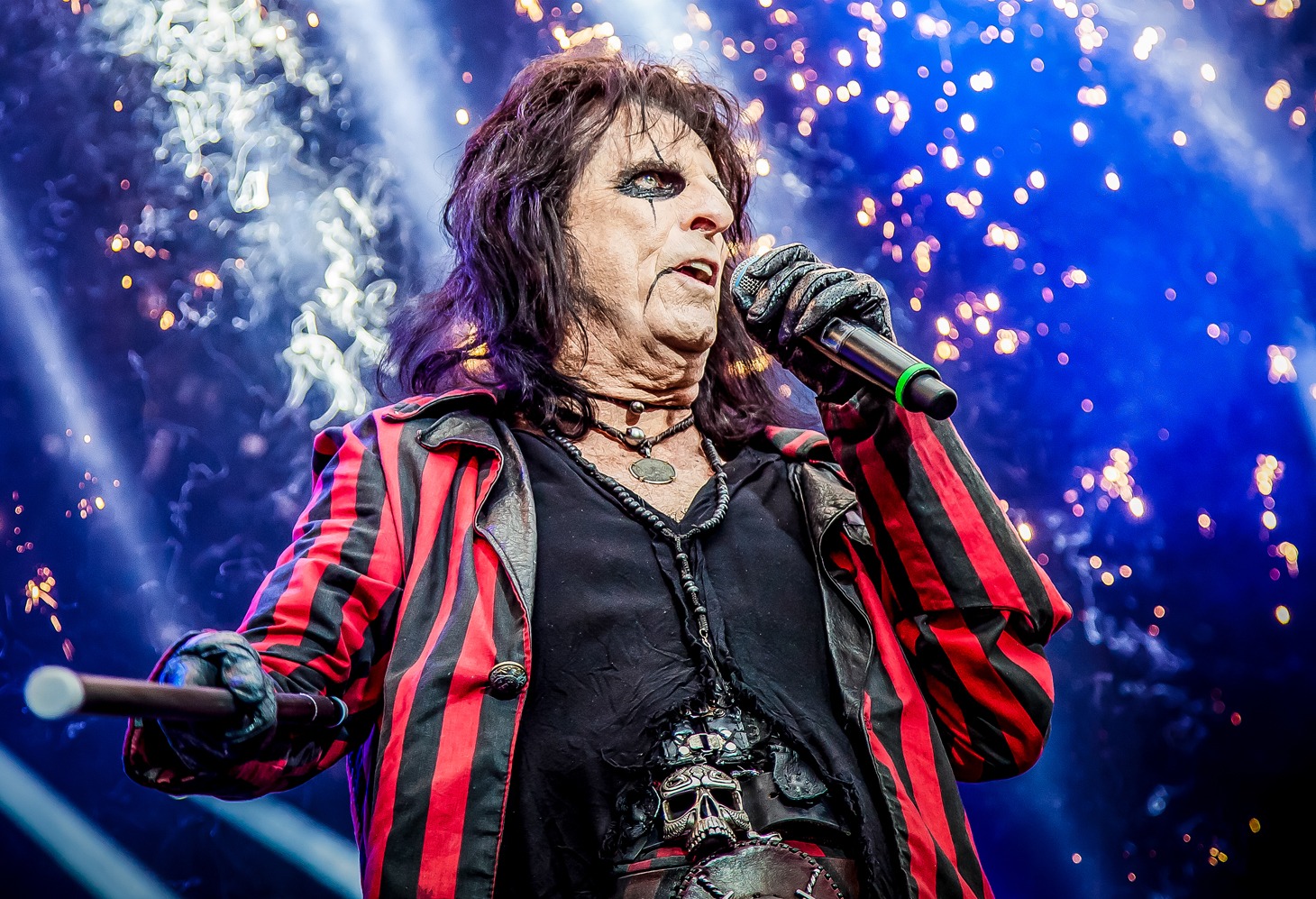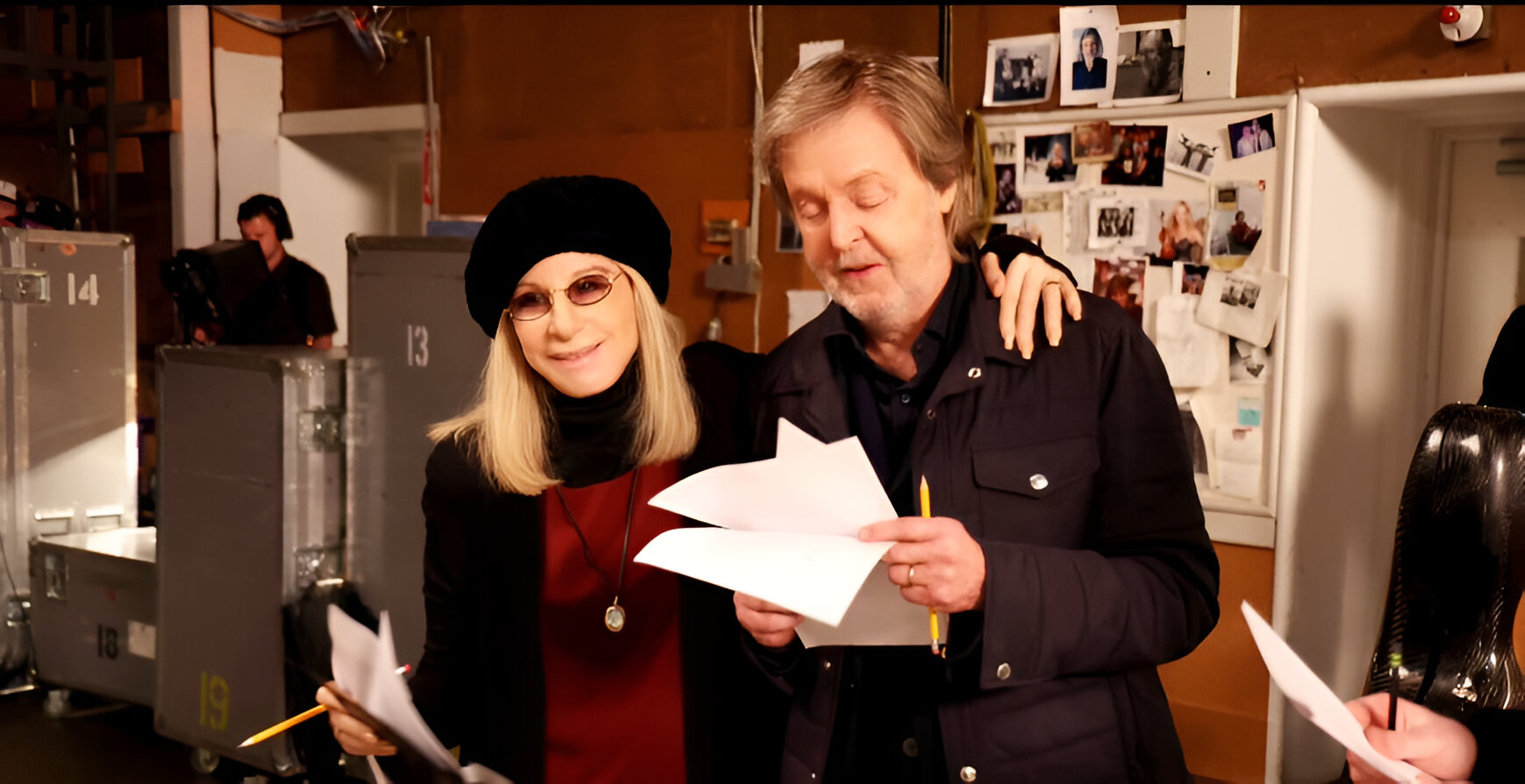
Ever wondered what turns a classic car into a head-turning masterpiece? Well, Metallica frontman James Hetfield’s custom classics like the “Voodoo Priest” Lincoln Zephyr do just that by transforming ordinary vehicles into rolling art. You see, those hand-formed panels create curves that factory stamping could never dream of achieving. And let me tell you, Hetfield’s collection features deep colors and lowered stances that make these beauties command attention without even trying.
Behind all this beauty, skilled craftsmen pour hundreds of hours into perfecting every detail of Hetfield’s vehicles, from that flawless paint to those perfect proportions.
15. Voodoo Priest – 1937 Lincoln Zephyr (Exterior)
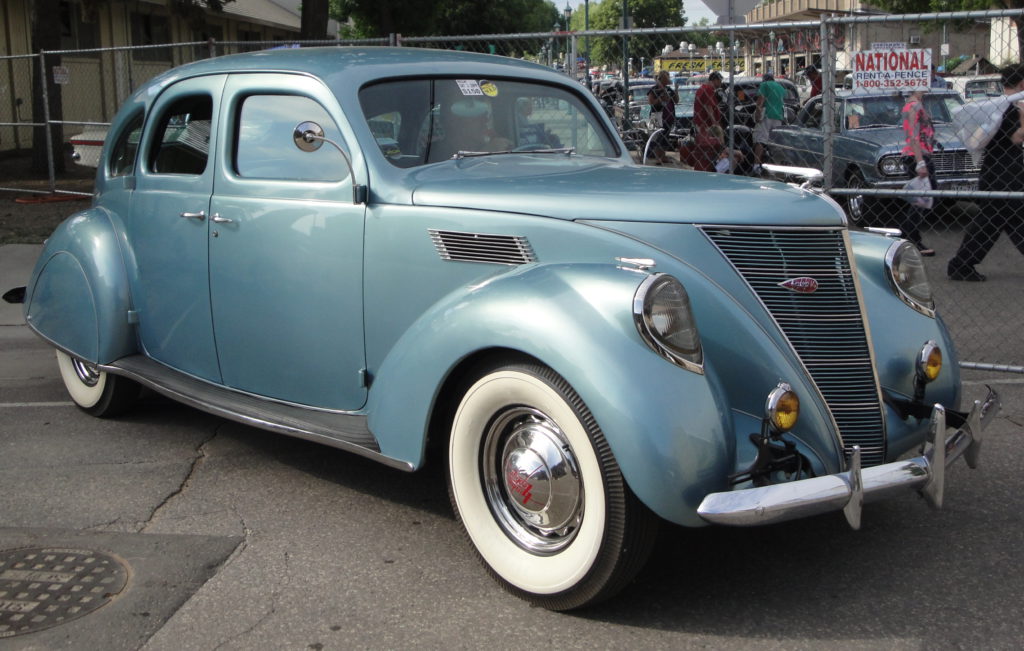
Hand-formed body panels give the “Voodoo Priest” curves impossible to achieve with factory stamping, resulting in a silhouette that turns more heads than the original ever could. Its deep purple paint demands attention without trying too hard. The lowered stance creates immediate visual impact. Seriously, this isn’t your grandfather’s Lincoln.
Craftsmen spent 400 hours perfecting that paint finish through multiple wet-sanding stages—about as painstaking as trying to frost a wedding cake during an earthquake. The chopped roof enhances its sleek profile while maintaining perfect proportions. Every curve works together to amplify the car’s dramatic appeal. Light plays across the surface to reveal depths in that sinister purple you simply can’t appreciate in photos.
Voodoo Priest – 1937 Lincoln Zephyr (Interior)
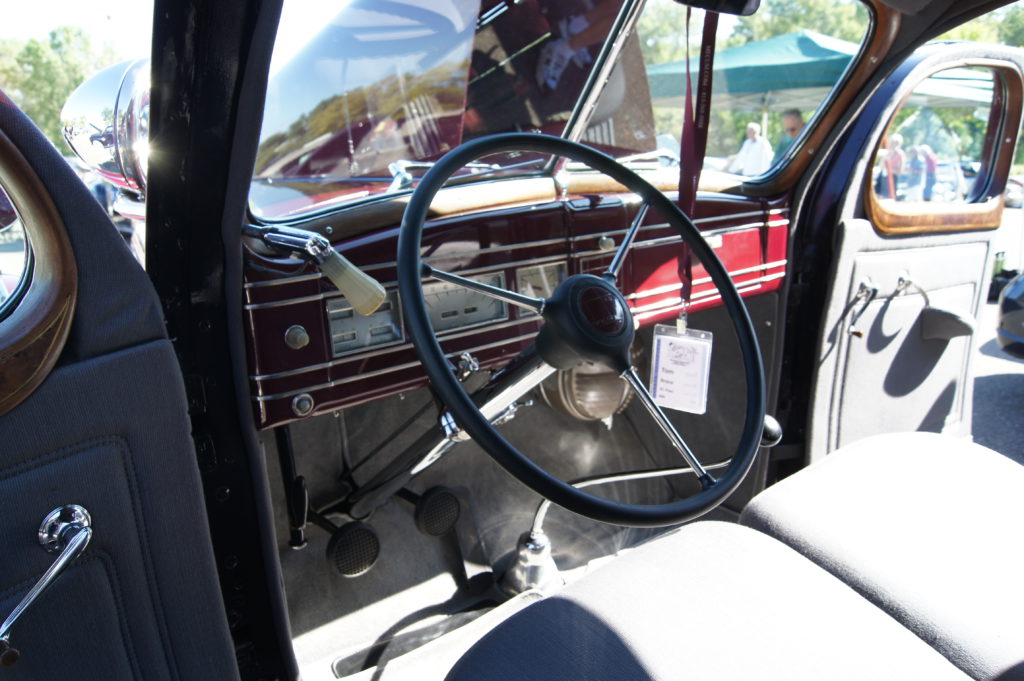
When sliding behind the wheel of most customs, style trumps function, but inside the “Voodoo Priest,” black leather with Art Deco styling creates a luxurious cave of cool that actually works. Custom gauges catch your eye without being shouty about it. The dashboard flows with elegant lines that would make Batman jealous.
Cruising down a highway in this sophisticated cabin feels otherworldly. Your fingers trace over hand-stitched details while surrounded by period-correct elements. The overall effect hits that sweet spot between intimidating and inviting—kind of like Darth Vader’s living room if he had better taste in furniture. Even the door handles feel substantial in ways modern cars have forgotten.
14. Iron Fist – 1936 Ford (Exterior)
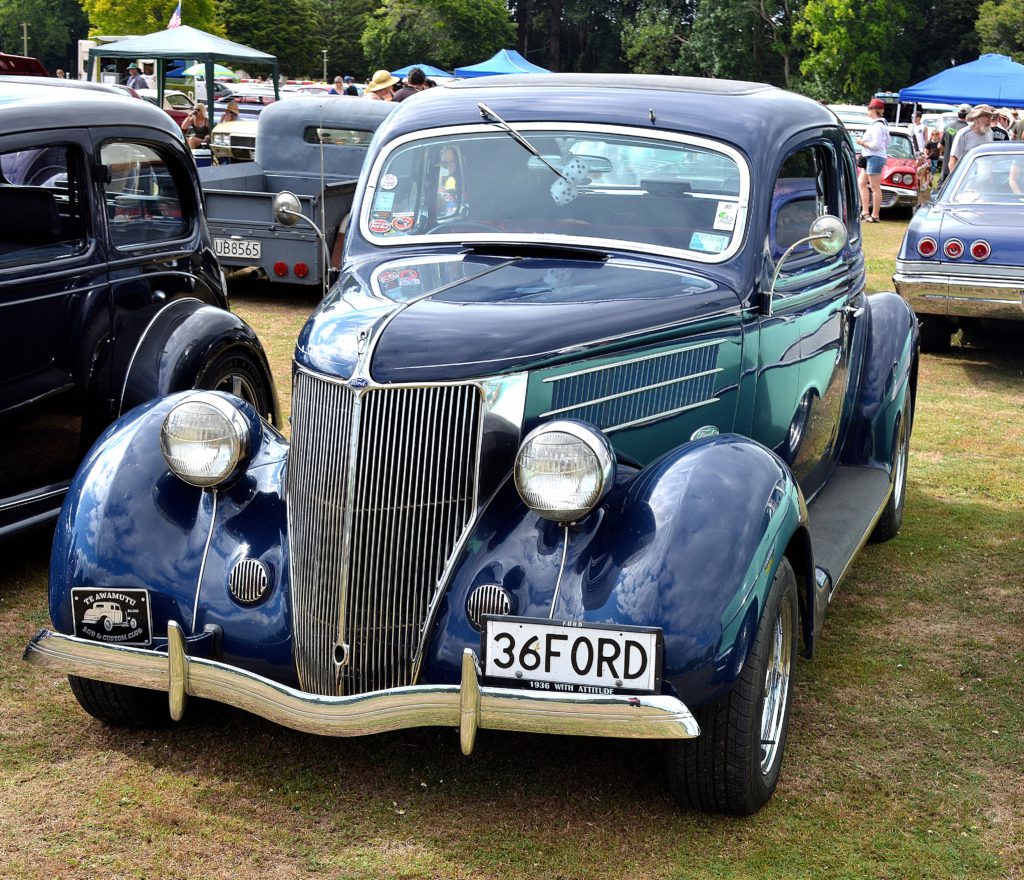
Unlike countless over-chromed hot rods that scream for attention, the “Iron Fist” keeps Ford’s iconic body styling while adding attitude adjustments that actually work. Its chopped roof exudes timeless cool without trying too hard. Deep black paint highlights refined undercarriage lines. The silhouette commands attention without shouting for it.
Many custom builds go overboard with modifications (hello, unnecessary flame decals). Not here. This vehicle maintains Ford’s original character while enhancing key features. The proportions have been tweaked with the precision of a cat burglar opening a safe—nothing rushed, nothing wasted. Chrome accents catch sunlight just right, making this Ford look dangerous even when parked.
Iron Fist – 1936 Ford (Interior)
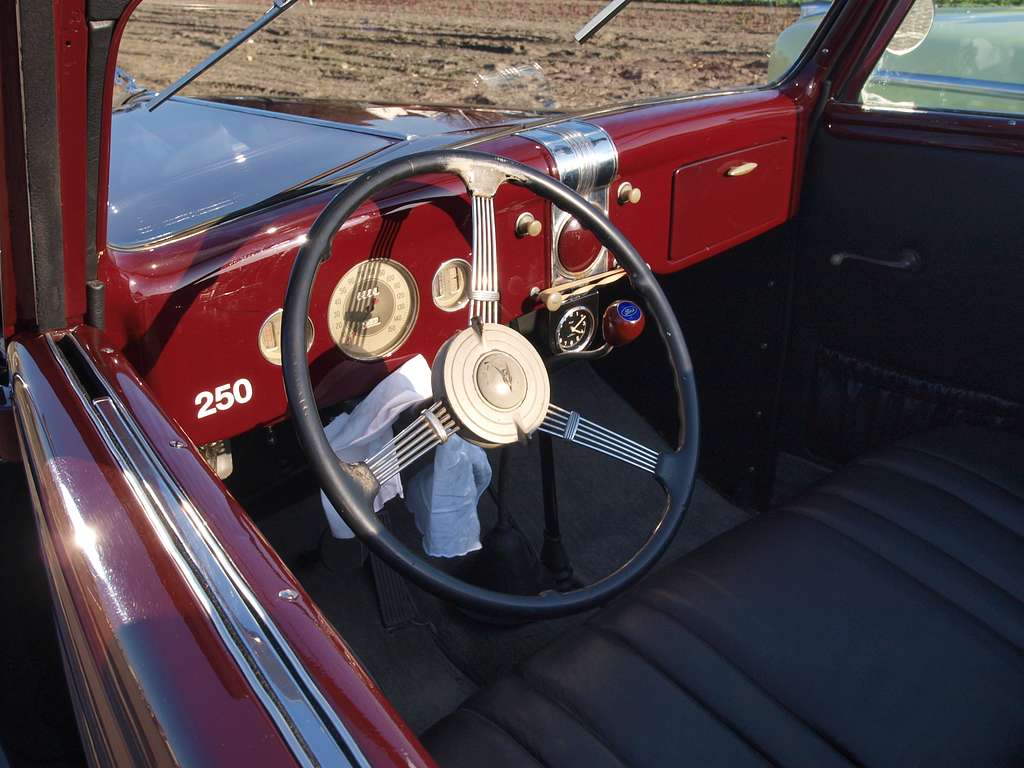
Exquisite oxblood leather by the Franzini Brothers transforms this cabin from merely vintage to genuinely luxurious, making every drive feel like a special occasion. Hand-stitched details wrap around you without being fussy. The dashboard houses custom gauges that tell you what you need to know without digital distractions.
Period-appropriate design elements get thoughtful updates for actual comfort (because who needs authentic 1930s back pain?). The steering wheel fits perfectly in your hands, substantial but not oversized. Storage hides cleverly where you need it without messing up the cabin’s visual flow. Every switch and lever feels like it’ll still work perfectly in another century.
13. Dead Kennedy – 1961 Lincoln Continental (Exterior)
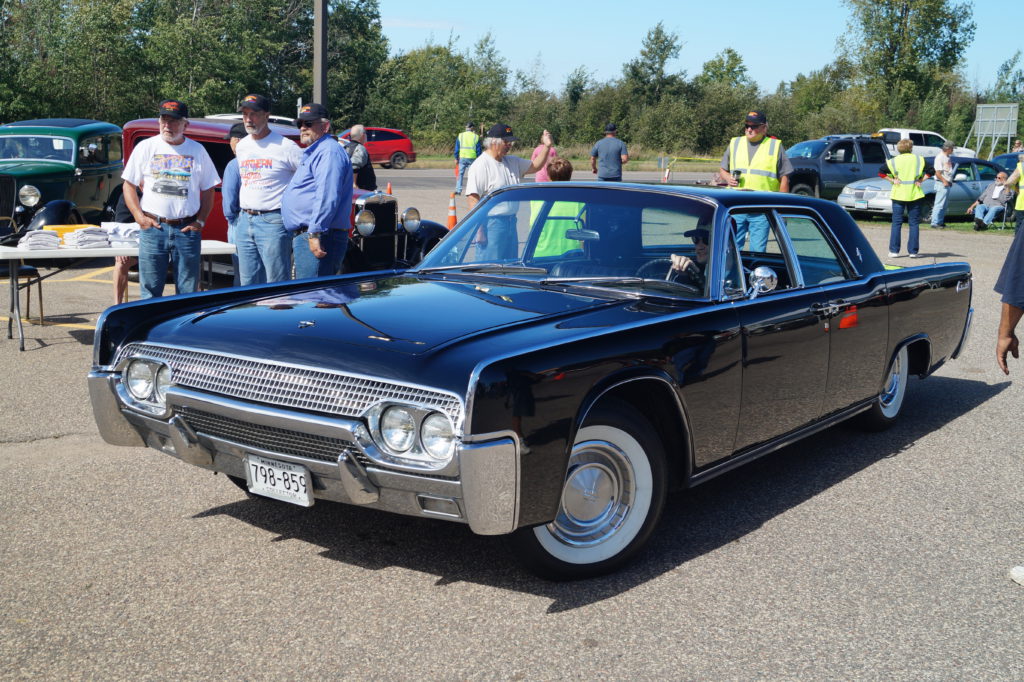
When most customizers face a Lincoln Continental, they immediately reach for radical modifications, but the “Dead Kennedy” takes the smarter path by preserving those iconic suicide doors while subtly enhancing its stance. These features made the Continental instantly recognizable to anyone with a pulse. The clean lines remain gloriously intact.
Restomods often go wild with body changes. This build takes the smarter path. It maintains the Continental’s architectural profile while subtly enhancing its stance—like adding just the right amount of salt to a perfect steak. The modifications show remarkable restraint. The original Elwood Engel design speaks for itself without unnecessary embellishments.
Dead Kennedy – 1961 Lincoln Continental (Interior)
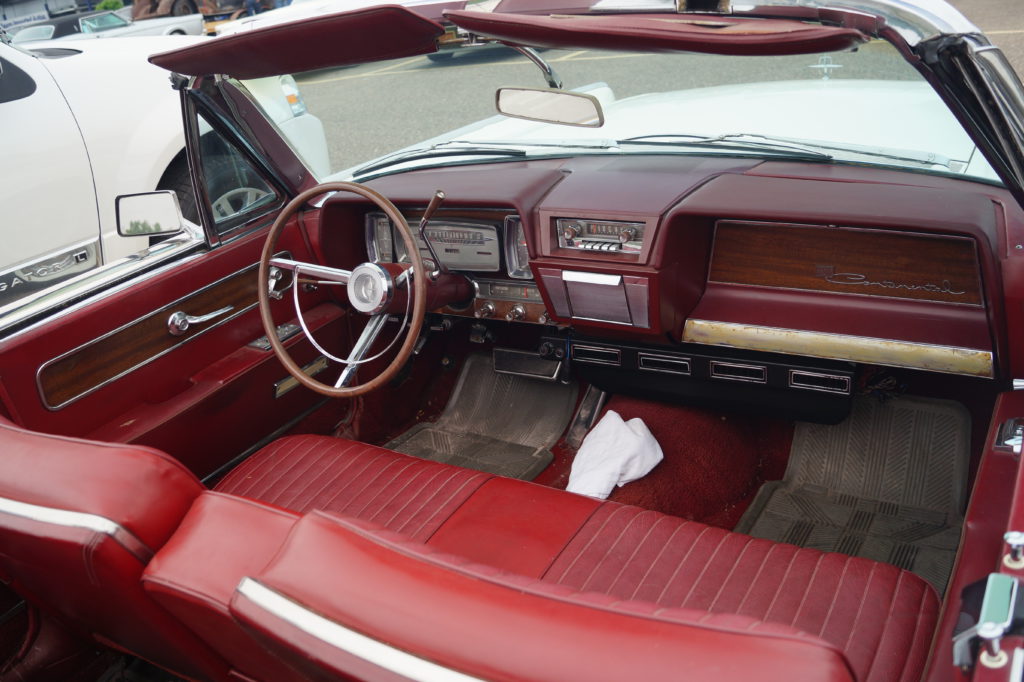
If you’ve always appreciated Lincoln’s mid-century luxury but not its dated ergonomics, the “Dead Kennedy” delivers high-end upholstery that maintains the luxury vibe without going overboard. The seats provide improved ergonomics without sacrificing that lounge-like spaciousness. Every stitch serves a purpose rather than just showing off.
Modern audio equipment integrates discreetly into the vintage dashboard. No ugly modern head units here. The cabin welcomes you with comfortable materials that improve upon the original without erasing its character. Climate controls hide behind period-correct panels. The overall effect creates an environment that’s both nostalgic and functional—harder to pull off than it looks.
12. Black Pearl – 1948 Jaguar MK4 (Exterior)

More exotic than any stock Jaguar, the “Black Pearl” features aluminum bodywork inspired by designs that knew curves matter. Piano black paint catches light in ways that make photographers weep with joy. Chrome accents highlight edges without overdoing the bling factor.
The elongated hood flows into graceful fenders, creating a sense of motion that makes modern cars look like they’re trying too hard. Each panel fits together with the precision of Olympic synchronized swimmers—making it look easy when it’s anything but. The proportions feel perfectly balanced from every angle. This car makes you walk around it twice just to make sure you didn’t miss anything.
Black Pearl – 1948 Jaguar MK4 (Interior)
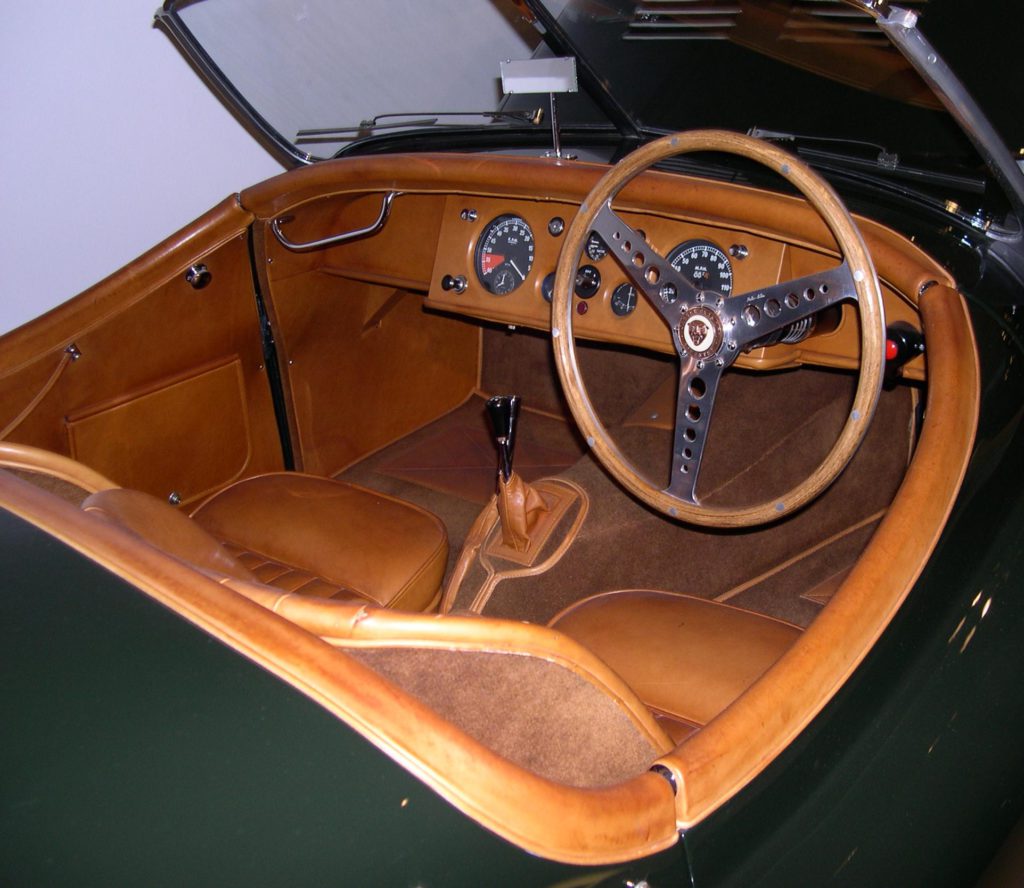
Sliding behind the wheel of the “Black Pearl” after a long day, the hand-stitched burgundy leather and perfectly placed controls make you forget every modern vehicle you’ve driven. This cabin blends vintage luxury with modern convenience without the usual awkward compromise. Wood panels showcase craftsmanship from an era when “handmade” actually meant something.
The dashboard maintains period styling while adding updates you’ll appreciate without noticing them. Controls fall naturally to hand without the “where’s the turn signal?” moments. The leather has that perfect smell that no air freshener has ever successfully replicated (though many have tried). Even the carpet thickness feels deliberately chosen rather than whatever was on sale that day.
11. Aquarius – 1934 Packard (Exterior)

More than 600 hours of hand-forming went into the aluminum body of the “Aquarius,” creating fluid lines that even million-dollar Delahayes would envy. Its fluid design represents peak Art Deco styling without veering into caricature. Every curve transitions naturally to the next with nothing forced.
Lightweight construction makes this Packard seem to float above the pavement. The custom-machined trim pieces required hundreds of hours to perfect—about as straightforward as performing brain surgery while wearing oven mitts. The result distills automotive elegance to its essence without any unnecessary flourishes. This is the car other customs wish they could be when they grow up.
Aquarius – 1934 Packard (Interior)
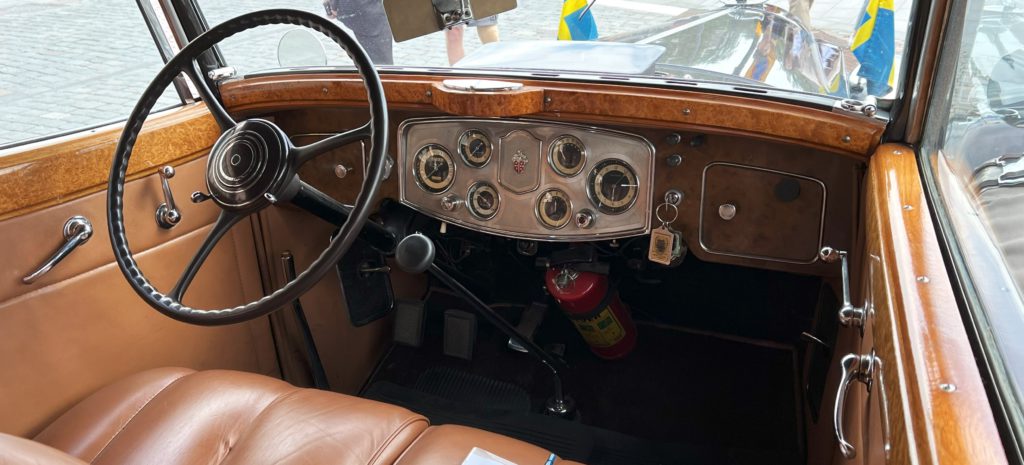
For those who value craftsmanship over gadgetry, the “Aquarius” cabin combines period elegance with thoughtful modern touches that don’t scream “I’m from the future!” Premium leather seats feature distinctive stitching patterns unique to this vehicle. Nothing feels like an afterthought.
Vintage-style gauges benefit from improved lighting that helps you actually see them (revolutionary concept, right?). The removable hardtop allows open-air cruising while maintaining structural integrity. Controls place themselves exactly where your hands expect them to be. The wood steering wheel has just the right thickness—substantial without being bulky.
10. Slow Burn – 1936 Auburn Speedster (Exterior)
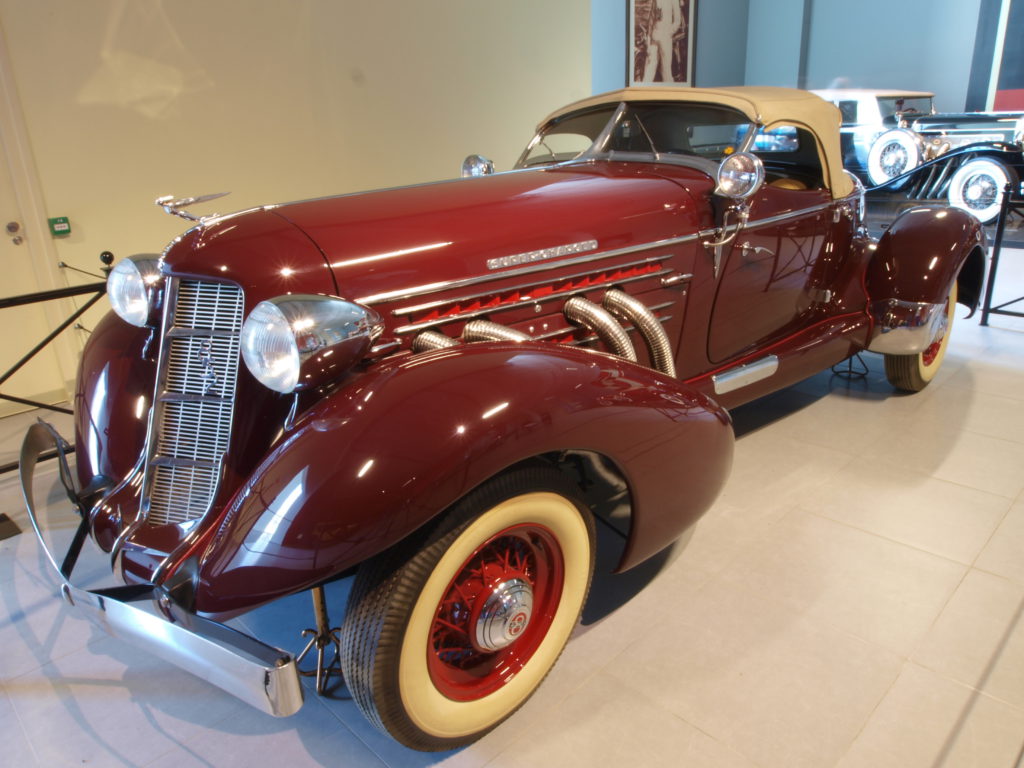
If you’ve always found boattail Speedsters beautiful but too period-locked, the “Slow Burn” celebrates that iconic boattail design while incorporating subtle modernizations that make it actually drivable. Deep bronze metallic paint shifts colors like a mood ring as lighting changes. Gold and copper undertones emerge when you least expect them.
This streamlined profile captures automotive design’s golden age without becoming a museum piece. The panel fit exceeds what the factory could have dreamed of—more precise than a Swiss watchmaker with OCD. The bronze finish reveals new dimensions with each viewing angle. Subtle body modifications improve the original proportions while respecting the Auburn’s heritage.
Slow Burn – 1936 Auburn Speedster (Interior)
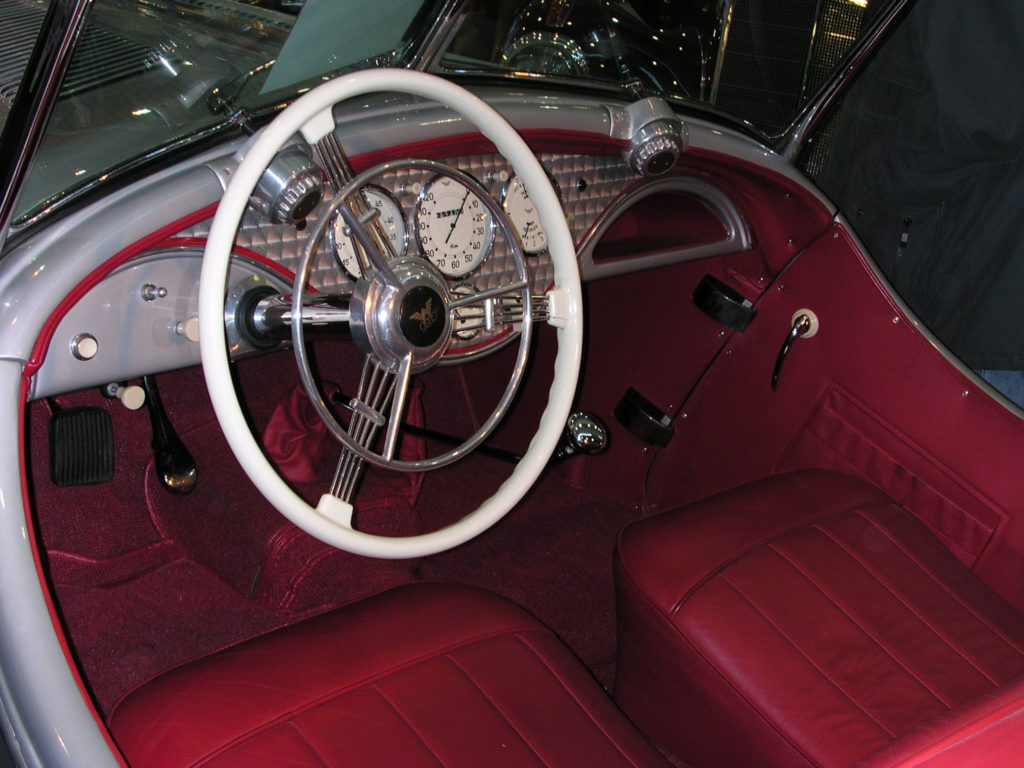
How do you honor vintage design while creating a cabin you’d actually enjoy on a road trip? The “Slow Burn” answers with artfully crafted leather that complements the bronze exterior without looking like a matching luggage set. The instrument panel combines vintage styling with modern precision. Each gauge communicates clearly without unnecessary complications.
The seats provide actual driving support—a novel concept for pre-war designs. Their bolstering doesn’t compromise the period-correct appearance. Hidden modern touches make this Auburn actually drivable in modern traffic without white-knuckle terror. Your passengers won’t be subtly bracing themselves against every turn like they’re riding a rollercoaster with questionable maintenance records. In case you’re interested, another musician with a worthwhile vintage collection is Curren$y.
9. Crimson Ghost – 1937 Ford Coupe (Exterior)

Finding the perfect balance between classic and custom often leads to compromised designs, but the “Crimson Ghost” wears deep crimson paint that solves this dilemma effortlessly. Chrome accents provide contrast against the rich color without turning it into a mobile jewelry store. The stance looks purposeful rather than awkwardly lowered.
Expertly chopped roof lines maintain balanced proportions that respect the original design. Frenched headlights and smooth door handles create a clean appearance—like a poker player who’s removed all their tells. These modifications blend together more harmoniously than seems possible given how extensively it’s been customized. Nothing looks tacked on or afterthought-ish.
Crimson Ghost – 1937 Ford Coupe (Interior)
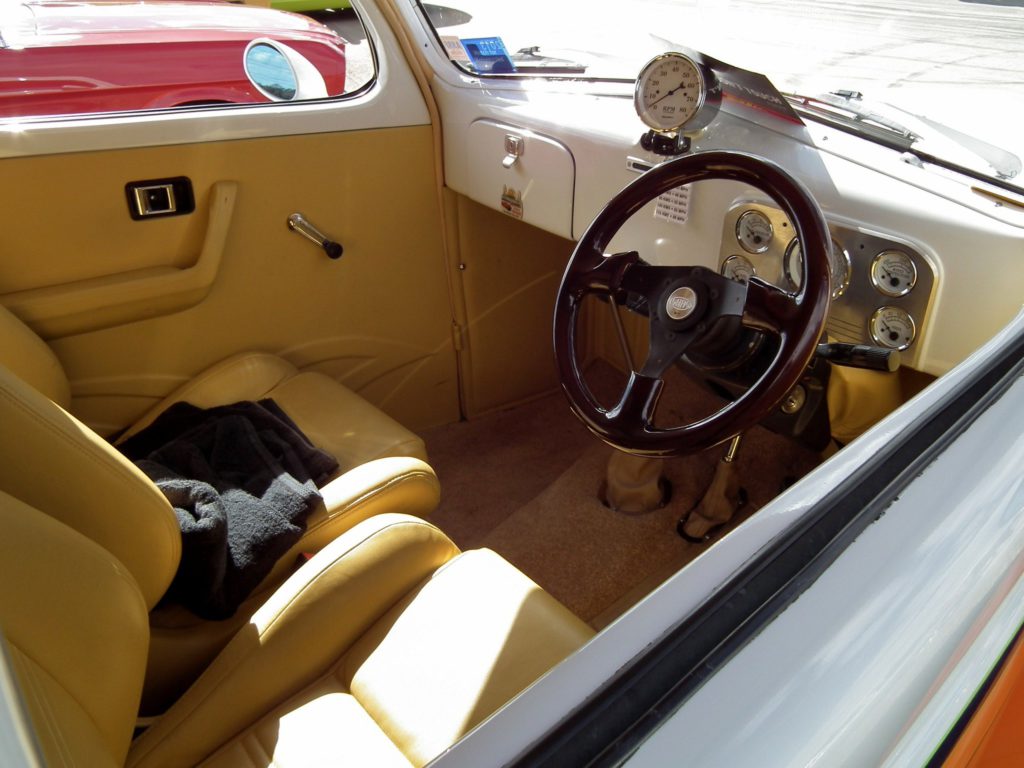
A stunning exterior deserves an equally impressive cabin, and the “Crimson Ghost” delivers premium black leather with red stitching that echoes the exterior theme without beating you over the head with it. Modern instruments hide within vintage-style housings—like a ninja disguised as an accountant. The dashboard layout welcomes rather than confuses.
The steering wheel combines traditional design with updated ergonomics for actual comfort. Each control falls naturally to hand without the usual “what does this unlabeled lever do?” moments that plague custom builds. The seats support perfectly without looking like they were stolen from a race car. Everything works together with surprising coherence.
8. Skyscraper – 1953 Buick Skylark (Exterior)
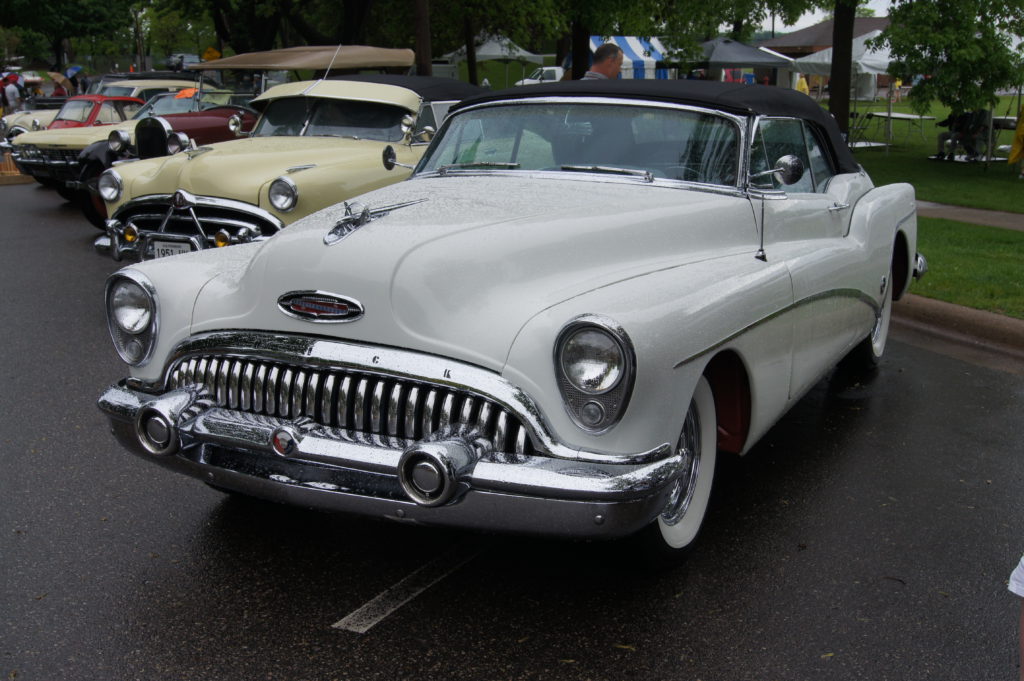
What happens when ’50s optimism meets modern craftsmanship? The “Skyscraper” answers with a profile that captures 1950s Americana with its low profile and clean lines that modern designers keep trying to replicate. Shaved door handles contribute to the streamlined appearance without making you wonder how to get in the car. The metallic paint depth draws you in like a good mystery novel.
Chrome accents highlight the Buick’s most striking features without turning it into a chrome porcupine. The stance has been carefully adjusted for presence—like a bouncer who doesn’t need to flex to be intimidating. You’ll catch people walking around this car multiple times at shows, discovering new details with each pass.
Skyscraper – 1953 Buick Skylark (Interior)

For those who appreciate authentic 1950s aesthetics but not the backaches that came with them, the “Skyscraper’s” two-tone upholstery delivers period-correct visuals with thoroughly modern comfort. The dashboard keeps its distinctive Buick character while adding updates you’ll appreciate daily. Nothing feels forced or out of place.
The spacious cabin welcomes you for actual cross-country driving, not just around-the-block show cruises. Rebuilt seats provide better support than originals while maintaining their classic look. The sound system hides behind period-correct panels—like a mullet in reverse: party hidden behind business. Air conditioning vents integrate so well you’ll wonder if they came from the factory.
7. The Beast – 1952 Oldsmobile (Exterior)
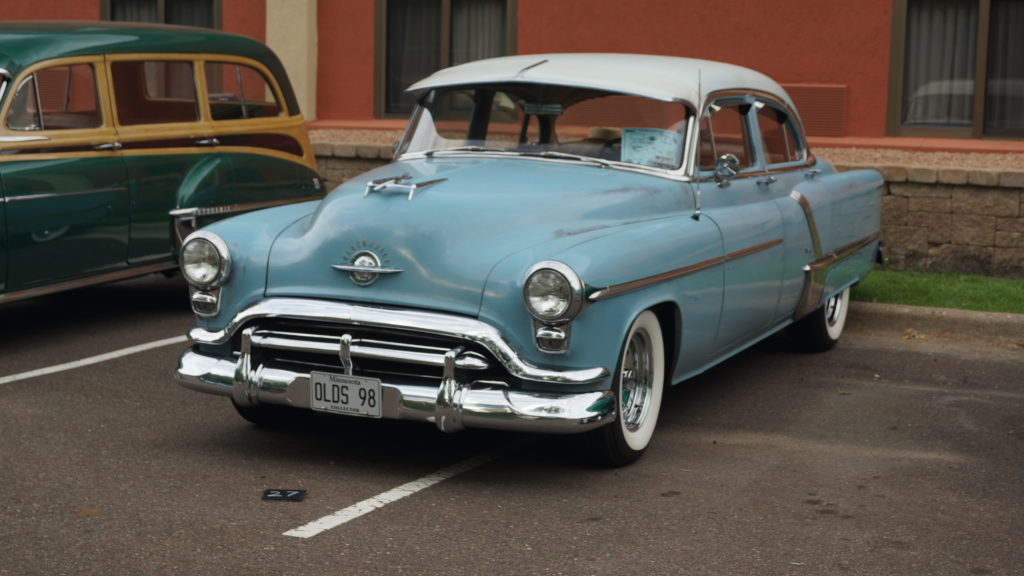
Nothing commands road presence like “The Beast,” whose deep matte finish and aggressive stance cause other traffic to part like the Red Sea. The custom grille establishes aggressive character immediately. This is no ordinary Oldsmobile, and it knows it.
Body modifications enhance the car’s muscular stance while preserving those distinctive design elements that make it recognizable. The subtly chopped roof improves proportions without sacrificing headroom—like a tailored suit that looks better while being more comfortable. Each modification amplifies the original design’s strengths while smoothing out the awkward bits.
The Beast – 1952 Oldsmobile (Interior)
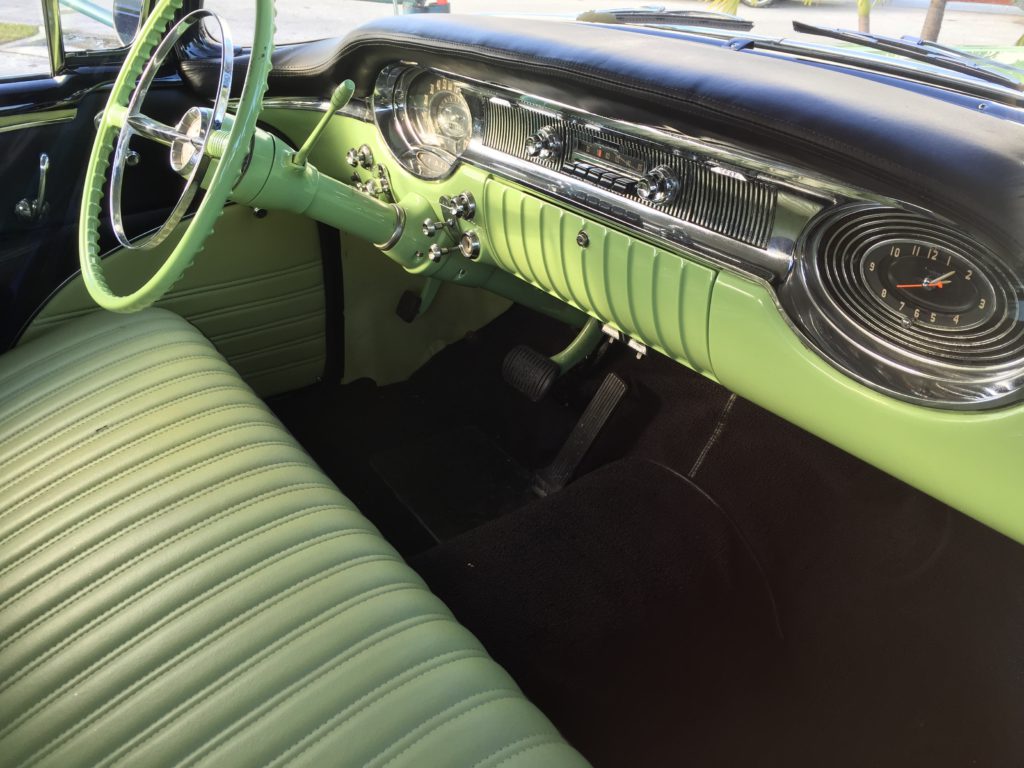
Tired of custom cars that look mean but feel punishing on the road? “The Beast” solves this with hand-stitched leather that balances luxury with performance-oriented design better than seems possible. Custom gauges provide clear information while enhancing the dashboard’s appeal. Nothing distracts from the driving experience.
The steering wheel combines vintage styling with improved ergonomics—thicker where it counts, thinner where it doesn’t. Sound-dampening materials create a surprisingly quiet cabin despite the powerful drivetrain. Your passengers won’t need to shout over engine noise like they’re at a rock concert. Modern brakes hide behind vintage-style wheels—because looking good shouldn’t require endangering your life.
6. The White Zombie – 1955 Cadillac (Exterior)

How do you enhance a 1955 Cadillac without ruining what made it special? “The White Zombie” answers with thoughtful modifications that maintain Cadillac’s prestige while subtly improving its proportions. Pearl white paint provides the perfect canvas for gleaming chrome details. The effect makes other white cars look like they’re not even trying.
Dramatic tail fins honor the 1950s Cadillac heritage without becoming a caricature. The stance has been slightly lowered for improved appearance—like good tailoring that makes you look slimmer without uncomfortable binding. The bodywork catches light differently throughout the day, revealing subtle details you might miss at first glance.
The White Zombie – 1955 Cadillac (Interior)
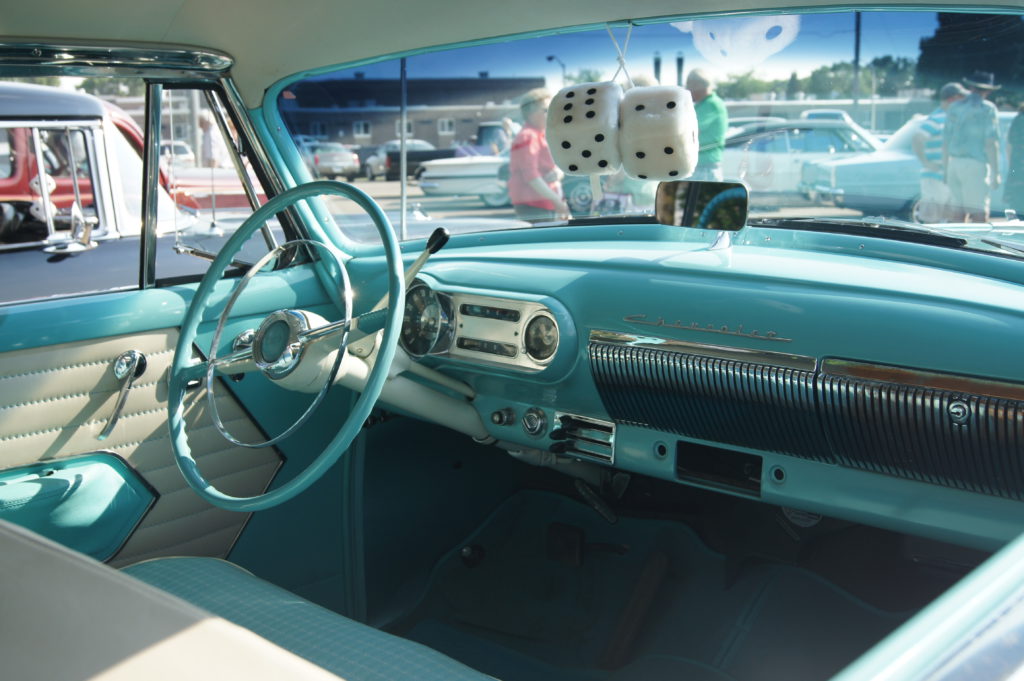
Blending vintage luxury with modern comfort typically results in compromise, yet “The White Zombie” features premium upholstery that respects the original Cadillac aesthetic without the stuffiness. Materials and construction techniques exceed what was possible in the 1950s—because authenticity has its limits when it comes to comfort. The dashboard impresses without overwhelming.
Vintage-style instruments contain updated internals for reliability—no more wondering if that gauge is actually working or just stuck. Spacious seating areas welcome both driver and passengers for comfortable cruising without the backache. Every control falls naturally to hand without the usual hunting and pecking. The cabin achieves that elusive balance between classic style and modern function.
5. The Black Pearl – 1953 Buick Skylark (Handcrafted) (Exterior)

Rather than simply modifying an existing Buick body, this handcrafted Skylark features completely bespoke aluminum bodywork that makes production cars look mass-produced by comparison. Art Deco-inspired styling includes distinctive pontoon fenders that flow like liquid metal. The silhouette moves gracefully from any angle.
Deep black paint highlights the custom bodywork’s perfect proportions without hiding any details. The finish required multiple stages of preparation and application—about as straightforward as performing heart surgery with boxing gloves on. Chrome accents have been applied with surgical precision where needed and eliminated where they would distract. Nothing feels random or unconsidered.
The Black Pearl – 1953 Buick Skylark (Handcrafted) (Interior)

Walking the fine line between vintage and modern, “The Black Pearl’s” hand-stitched leather complements the exterior’s Art Deco influence without going overboard into theme-restaurant territory. The pattern draws your eye without becoming distracting during drives. Each panel transitions smoothly to the next.
The dashboard looks period-correct while offering improved functionality—because authentic doesn’t have to mean inconvenient. Premium materials enhance both appearance and feel throughout the cabin. Your passengers will appreciate thoughtful details like perfectly positioned armrests and vent placement that actually keeps them comfortable. Even the pedals have been positioned for optimal comfort during long drives.
4. The Green Machine – 1950 Mercury (Exterior)
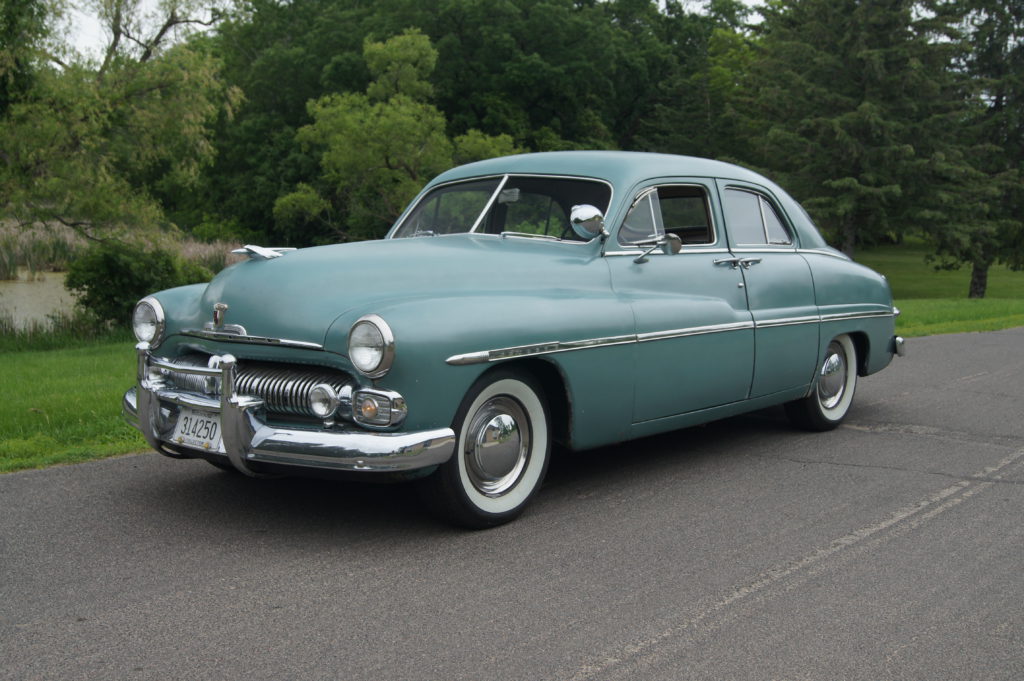
Nearly 70% of modified Mercurys lose their distinctive character, but “The Green Machine” embodies hot rodding’s soul with proportions that just look right—like that perfect pair of jeans that makes everything else in your closet seem slightly off. The chopped roof creates a rebellious profile without looking like it’s trying too hard. Smoothed body panels enhance its clean lines.
Vibrant green paint captures light through multiple carefully applied layers that give it depths you can almost fall into. Chrome trim highlights the Mercury’s distinctive shape without overwhelming it. Each modification complements the others in ways that seem obvious only after you see them executed this perfectly.
The Green Machine – 1950 Mercury (Interior)

Period-correct interiors typically sacrifice comfort for authenticity, yet “The Green Machine” combines faithful detailing with premium materials that actually feel good on long drives. The upholstery features complementary tones that enhance the exterior’s impact without matching it exactly. Nothing feels haphazard or overlooked.
The dashboard houses classic instruments in a driver-focused layout that puts everything where you actually need it. Control surfaces provide both authentic appearance and improved driving experience—no more wrestling with steering or brakes. Your passengers won’t be subtly bracing themselves against every turn or looking for the nonexistent seat belts. Comfort doesn’t have to mean compromise.
3. The Blue Demon – 1951 Ford (Exterior)

Unlike many overdone customs that scream for attention, “The Blue Demon” keeps Ford’s beloved body while adding updates that enhance rather than obscure its original character. The chopped roof and frenched headlights create a streamlined profile that makes stock models look unfinished by comparison. Clean lines draw your eye across the vehicle without interruption.
Shaved door handles contribute to the uninterrupted silhouette—like removing unnecessary punctuation from a perfect sentence. The low stance enhances visual impact from every angle without scraping on every driveway. Deep blue paint almost glows under direct light, revealing layers of depth that standard paint jobs can only dream about.
The Blue Demon – 1951 Ford (Interior)
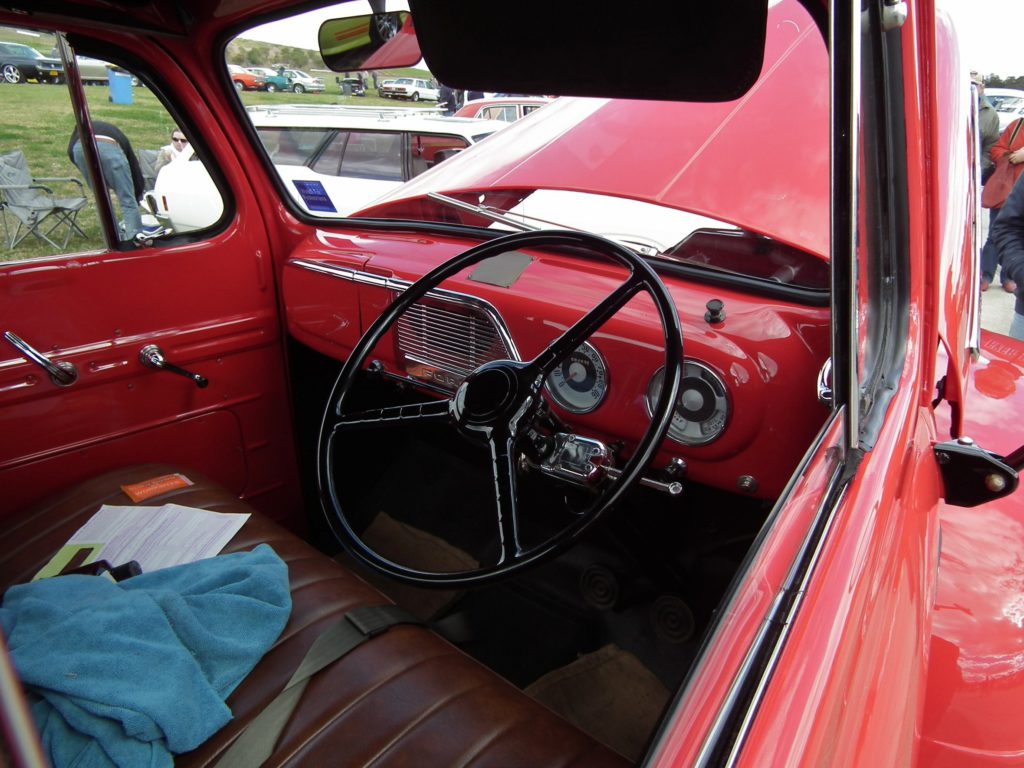
Caught between wanting vintage style and modern comfort? “The Blue Demon” solves this dilemma with a cabin that blends vintage Ford character with premium materials that respect the original without being slavishly devoted to it. High-quality upholstery patterns complement the exterior presence without matching it exactly. Every detail serves a purpose rather than just being decorative.
The dashboard maintains its classic layout while housing updated instruments that actually tell you what’s happening with the engine. Sound insulation creates a refined environment—because hearing yourself think shouldn’t be a luxury. The controls fall naturally to hand without the usual “what does this unlabeled switch do?” moments that plague many customs. Everything feels considered rather than compromised.
2. The Red Baron – 1954 Chevrolet (Exterior)

Most modified ’54 Chevys lose their identity in the process, but “The Red Baron” blends classic beauty with engineering precision better than should be possible. Its lowered stance creates a purposeful appearance without looking like it’s sagging in the middle. Clean body lines flow without interruption or awkward transitions.
Shaved door handles and frenched headlights enhance the Chevrolet’s natural lines—like good makeup that highlights features without being obvious. Deep red metallic paint reveals subtle depth in changing light conditions. The finish rewards close inspection with additional layers of visual interest that people miss on their first walk-around.
The Red Baron – 1954 Chevrolet (Interior)

The interior of a custom car often reveals where corners were cut, but “The Red Baron” uses premium materials to update the original design while respecting heritage without becoming a museum piece. The seats provide improved support without abandoning period-appropriate styling—because looking good shouldn’t require chiropractic visits. Everything feels intentional rather than compromised.
The dashboard houses modern instruments within vintage-style presentations—stealth updates that improve function without sacrificing form. The steering wheel combines classic aesthetics with ergonomic improvements for actual comfort during drives longer than around the block. Your passengers will appreciate hidden modern conveniences that don’t disrupt the visual flow.
1. The Silver Bullet – 1956 Lincoln (Exterior)
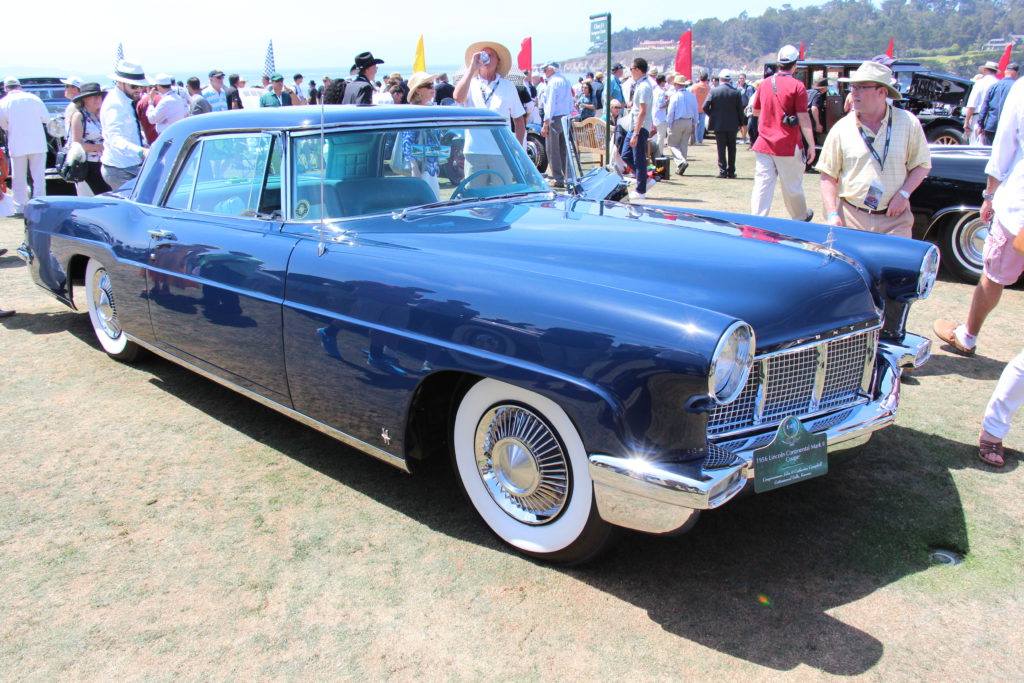
A perfect 1956 Lincoln requires few changes, yet “The Silver Bullet” exemplifies thoughtful modification with refined bodywork that respects the original without being afraid to improve it. The chopped roofline creates sleeker proportions while preserving character—like a good haircut that changes your appearance without making you unrecognizable. Clean body lines flow naturally.
Smoothed panels and shaved door handles create a unified profile that makes stock models look cluttered by comparison. The striking silver finish enhances elegant lines throughout—like the perfect lighting that makes everything look better without calling attention to itself. Each modification feels considered rather than applied randomly.
The Silver Bullet – 1956 Lincoln (Interior)
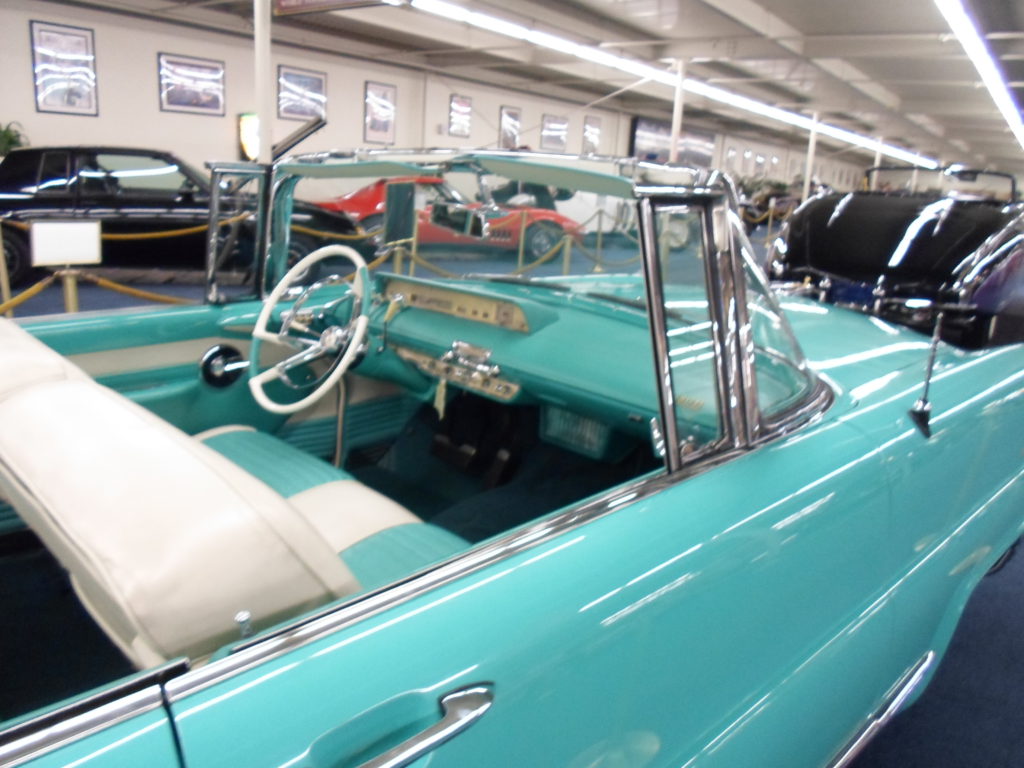
What happens when Lincoln’s luxury heritage meets contemporary craftsmanship? The result is “The Silver Bullet’s” cabin, where premium leather references original patterns while providing support that the factory never imagined. The dashboard maintains distinctiveness without slavish devotion to inconvenient original designs.
Updated instruments and controls integrate seamlessly with vintage elements—like digital natives who understand analog values. Wood and metal accents create a warm, sophisticated environment without veering into country club stuffiness. Every detail contributes to an environment that balances nostalgia with actual usability. The controls have the perfect resistance—not too firm, not too loose. While still impressive, these custom builds don’t quite come close to Ralph Lauren’s expensive collection.




